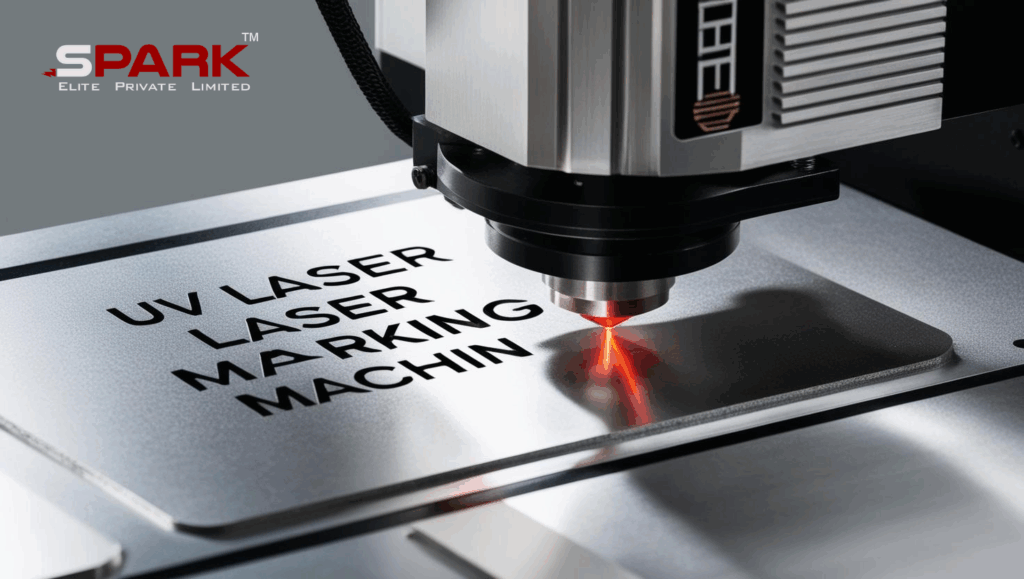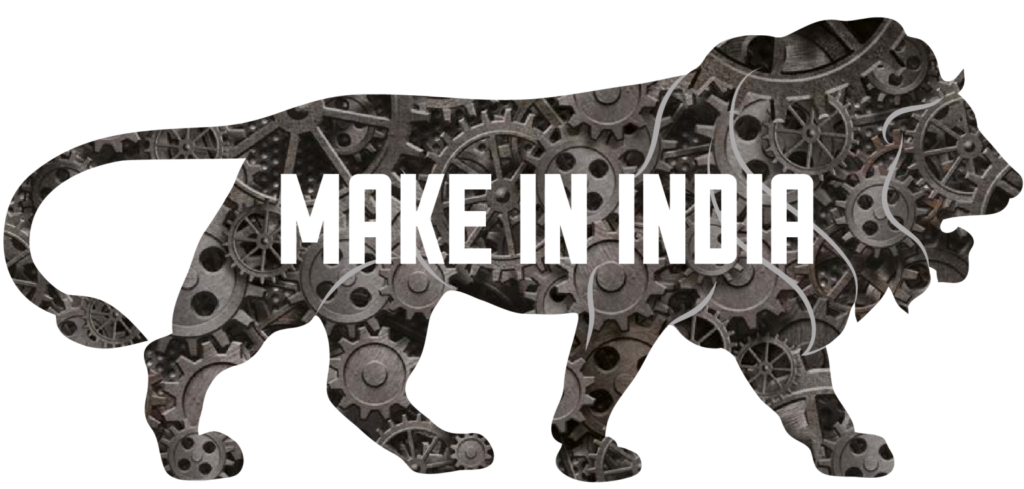As industries demand more precise and permanent marking solutions, UV laser marking machines have emerged as a popular choice, especially in high-precision applications. Whether you’re in electronics, medical devices, glassware, or plastic component manufacturing, UV laser technology provides unmatched quality with minimal thermal effect on materials. This comprehensive guide explores the benefits, features, applications, and maintenance of UV laser marking machines.

What is a UV Laser Marking Machine?
A UV laser marking machine uses a short-wavelength ultraviolet (UV) laser to engrave or mark surfaces. The primary wavelength for these lasers is 355 nm, which falls under the ultraviolet spectrum. UV lasers operate on a principle known as “cold marking,” meaning they produce minimal heat during the marking process, reducing damage or distortion to the substrate.
Key Features of UV Laser Marking Machines
- High Precision: Capable of marking at micro-levels with exceptional clarity.
- Low Thermal Impact: Reduces chances of material burning or damage.
- Non-Contact Process: Ensures no physical damage or wear.
- Wide Compatibility: Works with a broad range of materials including glass, plastics, ceramics, metals, and semiconductors.
- High-Speed Marking: Ideal for batch processing and high-volume industries.
- Compact Design: Modern machines come in compact and enclosed designs suitable for cleanroom environments.
Applications of UV Laser Marking
UV laser marking machines are used across a variety of industries, such as:
1. Electronics
- Marking PCBs and semiconductors
- Barcoding and serialization of electronic components
2. Medical Devices
- Sterile marking of syringes, surgical tools, and implants
- UDI compliance for traceability
3. Plastic and Rubber
- Marking plastic housings, buttons, and connectors
- Branding logos and compliance marks
4. Glass and Crystal
- Engraving barcodes, logos, and text on delicate glass surfaces
5. Jewelry and Watches
- Precise branding and design elements on small watch components
6. Pharmaceuticals
- Labeling blister packs, pill bottles, and vials without contamination
Advantages Over Other Laser Technologies
Compared to Fiber Lasers:
- UV lasers are better for delicate, soft, and heat-sensitive materials.
- Ideal for plastics and glass, where fiber lasers may cause charring.
Compared to CO2 Lasers:
- Greater precision and smaller spot size.
- Higher quality marking on transparent and reflective surfaces.
Components of a UV Laser Marking System
- UV Laser Source
- Galvanometer Scanning Head
- Field Lens
- Laser Marking Software
- Cooling System (Air or Water)
- Control Unit
- Work Platform or Rotating Fixtures (optional)
How UV Laser Marking Works
- Design Preparation: Use graphic design software to create the marking template.
- Parameter Configuration: Set the wavelength, speed, frequency, and power.
- Material Placement: Place the object on the platform.
- Laser Activation: The UV beam marks the surface through photon energy without excessive heat.
- Inspection: Check for mark accuracy and depth.
Buying Guide: What to Look For
- Laser Power: Generally ranges from 3W to 15W. Choose based on application.
- Spot Size: Smaller spot size gives better precision.
- Software Support: Compatibility with design and automation tools.
- Safety Features: Enclosed systems, fume extraction, and interlocks.
- Build Quality: Industrial-grade components for long-term use.
- Warranty and Service: Ensure after-sales support and parts availability.
Setup and Installation
- Unbox Carefully and place the machine on a stable surface.
- Connect All Units including the laser source, scanner, and PC.
- Install Software provided by the manufacturer.
- Test Marking using sample materials to calibrate.
Maintenance and Safety Tips
- Clean the lens and mirrors weekly.
- Use only approved materials to avoid fumes.
- Ensure proper grounding and ventilation.
- Replace filters and fans every few months.
- Regularly check software updates and laser alignment.
Cost of UV Laser Marking Machines
Prices typically range from $5,000 to $25,000 based on:
- Power output
- Precision level
- Software integration
- Brand and warranty
Frequently Asked Questions (FAQ)
Q1: What materials can UV lasers mark?
UV lasers are suitable for plastics, glass, ceramics, silicon wafers, rubber, and metals with special coatings.
Q2: Is UV laser marking safe?
Yes, especially in enclosed systems with proper shielding and ventilation.
Q3: Can UV lasers mark color?
Yes, certain plastic materials can show contrast or color changes when marked.
Q4: How long does a UV laser last?
Typically, 15,000–20,000 hours for diode-pumped models. Maintenance can extend this lifespan.
Q5: Can I use UV lasers for barcode marking?
Absolutely. UV lasers are highly accurate for 2D codes and QR code marking.
Q6: Do I need special training?
Most suppliers offer basic training. The machine is generally user-friendly once setup is complete.
Q7: Can UV lasers cut materials?
They are primarily used for marking. However, with higher power, shallow cutting is possible.
Q8: What power laser do I need?
3W for marking plastics, 5W for metals with coatings, and 10–15W for deeper engravings.
Q9: Does it work on curved surfaces?
Yes, especially with rotary attachments.
Q10: What is the difference between UV and green laser marking?
UV lasers have a shorter wavelength (355 nm), offering better performance on transparent and heat-sensitive materials compared to green lasers (532 nm).
Conclusion
A UV laser marking machine is a versatile and powerful solution for industries needing high precision and minimal heat impact. From electronics to pharmaceuticals, it offers fast, reliable, and clean marking capabilities. While the upfront investment can be significant, the long-term productivity and minimal maintenance costs make it a valuable addition to your production line.
If you’re considering a UV laser marker, ensure you evaluate your material needs, desired output quality, and after-sales support. Partnering with trusted brands like Spark Elite can make a significant difference in your operational efficiency and product branding.
Mark smarter, faster, and cleaner—with UV laser technology.

